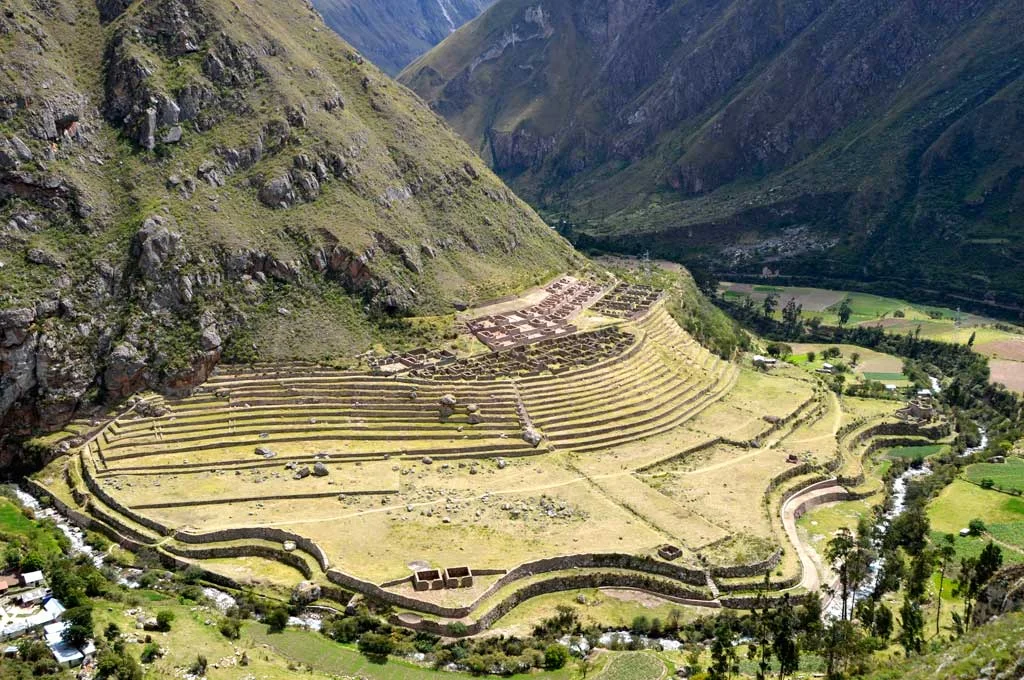The Vilcabamba Trek is unrivaled in the number of archeological sites it covers and the difficulty level of the journey. Trekkers will encounter a superabundance of ruins that attest to the richness of Inca culture, the Inca’s engineering genius, and mysterious customs. The ultimately challenging Vilcabamba trek is for the adventurer with the stamina to trek approximately 9 to 11 hours at a stretch.
Highlights of the Vilcabamba Trek:
- Abundance of archeological sites to explore
- Trekking the Abra Malaga Pass on which Manco Inca and his warriors traveled on their way to Vilcabamba as he maintained rebellion against the Spanish
- Marveling at the Vilcabamba mountain range
- Trekking through a variety of pathways–jungle paths to mountain tracks to paved roads
- Encountering an overabundance of Andean flora and fauna along various sections of the trail
- Passing through jungles and cloud forests
Notable Stops/Destinations
Abra Malaga Pass – is a fully paved, high mountain pass with an elevation of 4.343 meters above sea level; ridden with hairpin bends and extends for 121 kilometers
Qhapaq Ñan – part of the ancient royal Inca roadway system abandoned after the Spanish conquest and colonization
Huancacalle – trailhead to Vilcabamba; location of Ñustahispana (the huge White Rock) that bears elaborate carvings and Vitcos, the Inca emperor’s summer residences
Vitcos – now called Rosaspata; was the last stronghold of the Incas; the place where Manco Inca was killed
Collpajasa Pass – the highest point of the Vilcabamba trek that offers a mesmerizing view of the valleys and Andean peaks
Huayna Pukara – the last area of resistance by the Inca military
Seranuyos – a small community that has a coffee farm; farmers explain to trekkers their process of planting, harvesting, and processing coffee
Llactapata – is the archeological site situated east of Machu Picchu and located in a small chain of ravines; has wide spaces ideal for camping
Hidroelectica – a functioning hydroelectric station that harnesses the power of the 300-meter-high waterfall, generating electricity for the Cusco region
Vilcabamba – also called Espiritu Pampa; is the last Inca city, its ruins showcasing the final domain of the great Inca Empire
Modes of Travel:
Trekking, bus, train, private vehicle (van or car)
The stops and resting places for the Vilcabamba Trek vary per tour operator. Be sure to check out the different operators offering this trek to find out which trek includes the stops you are interested in.

